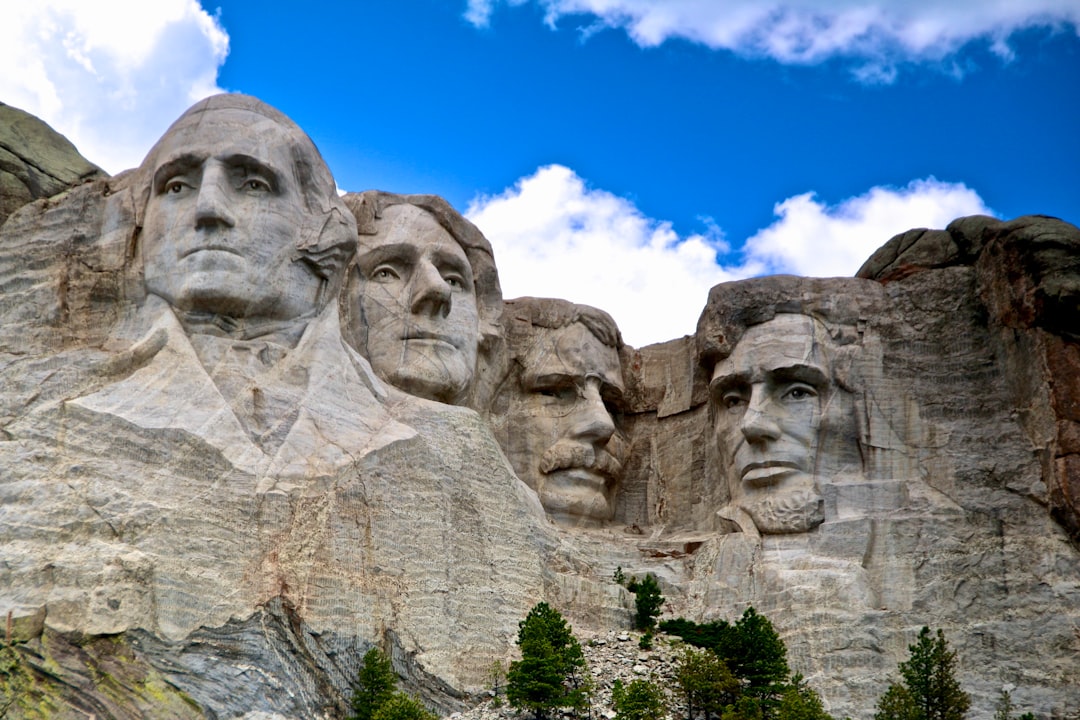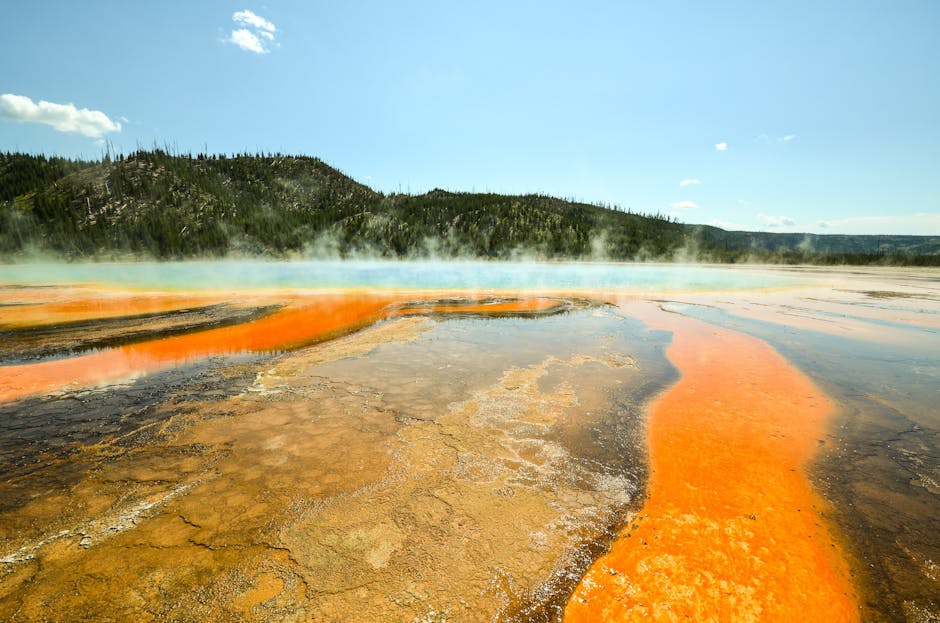Beyond the Photo Album: Expert Tips for Preserving Your Family History
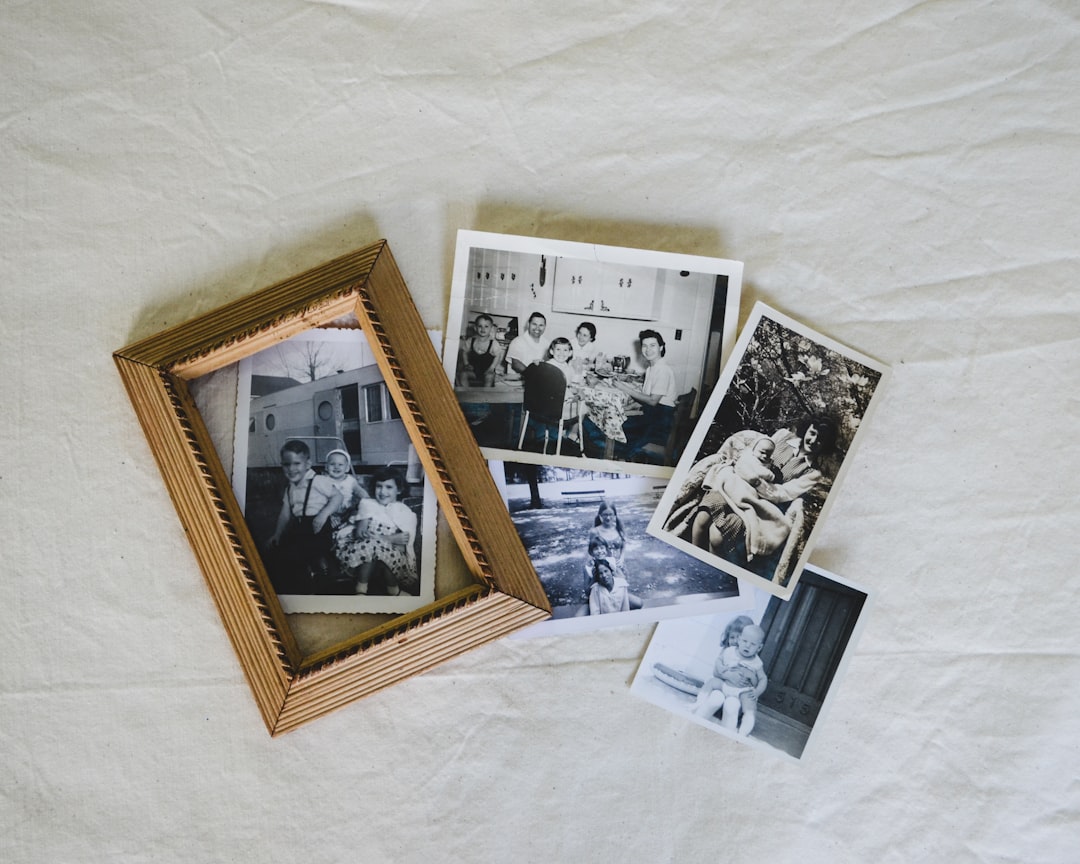

Why Family History Preservation Matters More Than Ever
Family history preservation is the act of protecting and sharing the documents, photos, artifacts, and stories that tell your family's unique story. With millions of Americans researching their genealogy, there's never been a better time to safeguard your legacy for future generations.
Preserving your history involves a few key areas:
- Physical Preservation: Storing items like documents and photos in acid-free materials and controlling temperature and humidity.
- Digital Preservation: Scanning items at high resolution (using formats like TIFF or PDF/A) and creating robust backups.
- Oral History: Recording family stories and interviews to capture priceless voices and memories.
Your family's collection—from old letters and photos to recipes and heirlooms—documents your unique history. However, as one archivist noted, "everything deteriorates over time, from family letters to digital photographs." The good news is that simple, inexpensive steps can protect these memories.
The key is to start now. The longer you wait, the more likely it is that valuable memories will be lost as older family members pass away and physical items degrade.
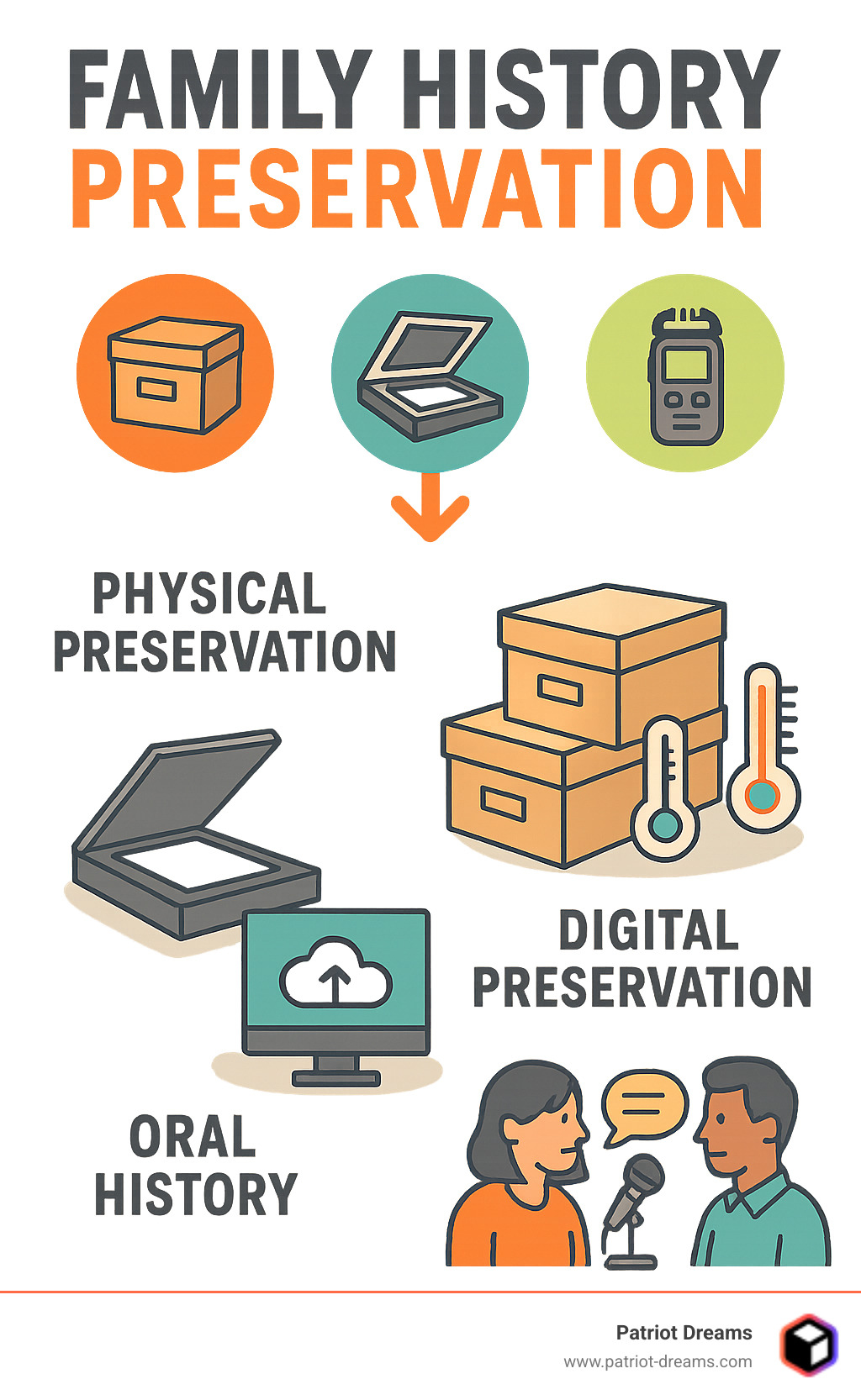
The Foundation: Physical Family History Preservation
When we talk about family history preservation, we often think of physical items: photo albums, brittle letters, and cherished heirlooms. These tangible links to our past require proper care, starting with preventing damage. Always handle items with clean, dry hands in a clear space, and minimize handling of originals whenever possible. For more detailed guidance, the National Archives offers excellent resources: How to Preserve Family Archives | National Archives.
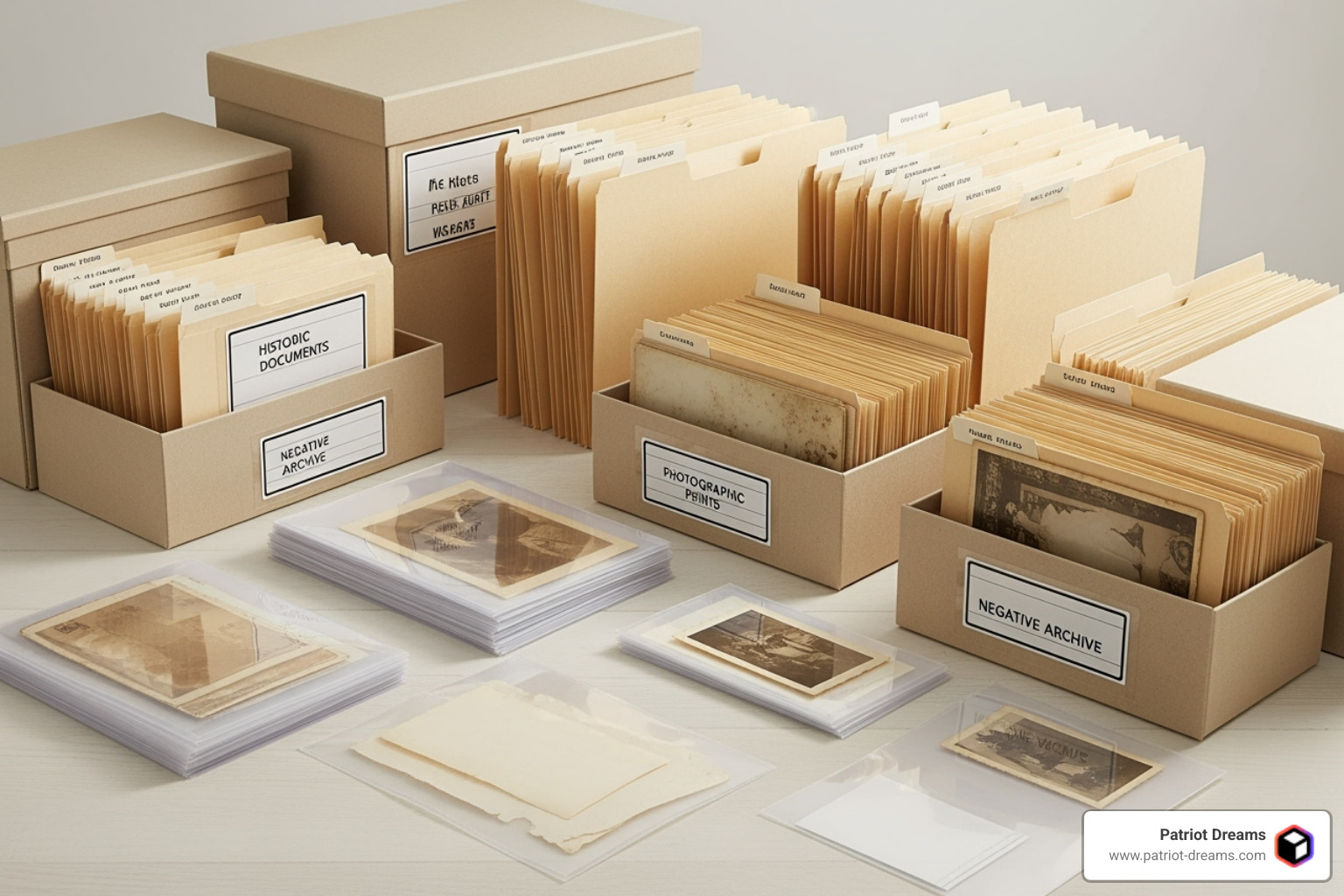
Ideal Environmental Conditions for Storage
Your family treasures thrive in a cool, dry, and stable environment. Aim for temperatures below 75°F and relative humidity below 65%. This means avoiding attics and basements, which have fluctuating temperatures and high humidity. Instead, choose a well-ventilated space within your living area, away from direct sunlight and moisture, which can cause fading and other damage.
Archival-Quality Supplies vs. Common Damaging Materials
Using the right storage materials is crucial. Many common household items can cause irreversible damage.
What to Use (Archival-Quality):
- Acid-free and Lignin-free Folders/Boxes: These prevent chemical reactions that cause yellowing and embrittlement. Store papers flat.
- Polyester Sleeves (Mylar): These clear sleeves protect fragile documents and photos from handling.
- Archival Photo Albums: Use albums with acid-free pages and photo-safe pockets or corners.
What to Avoid:
- Rubber Bands: They become brittle, stick to items, and leave permanent stains.
- Metal Paper Clips: They can rust and leave imprints. Use archival plastic clips if necessary.
- Tape: Most adhesives yellow and bleed through paper, causing permanent damage.
- "Magnetic" Photo Albums: The adhesive and plastic in these albums accelerate deterioration.
- Newspaper Clippings: Newspaper is highly acidic. Digitize clippings or store them between sheets of acid-free paper.
Organizing Your Physical Collection
A well-organized collection is easier to access and share. Group items logically, either by format (all photos together) or by subject (family branch, event). When labeling, use a soft graphite pencil on the back of photos or on separate acid-free slips of paper. Include key details: who, what, where, when, and why. Creating a simple inventory list or spreadsheet will serve as a roadmap to your collection.
Handling Damaged or Challenging Items
If you find items with mold or insect damage, isolate them immediately to prevent spreading. For these issues, as well as for extremely brittle documents or deteriorating film and tapes, it's best to consult a professional conservator. They have the expertise to handle these challenging situations safely. For old audiovisual media, professional digitization is highly recommended to preserve the content before the format becomes obsolete or degrades completely. When in doubt, the American Institute for Conservation's "Caring for Your Treasures" guide is a valuable resource: Caring for Your Treasures.
Digitizing Your Heritage for the Future
Digitization creates a bridge between your treasured past and the digital future. It protects fragile originals from repeated handling, preserves fading colors, and makes sharing your family's story with relatives anywhere in the world instantaneous. A single hard drive can hold thousands of photos and documents, making your archive accessible and saving significant physical space.
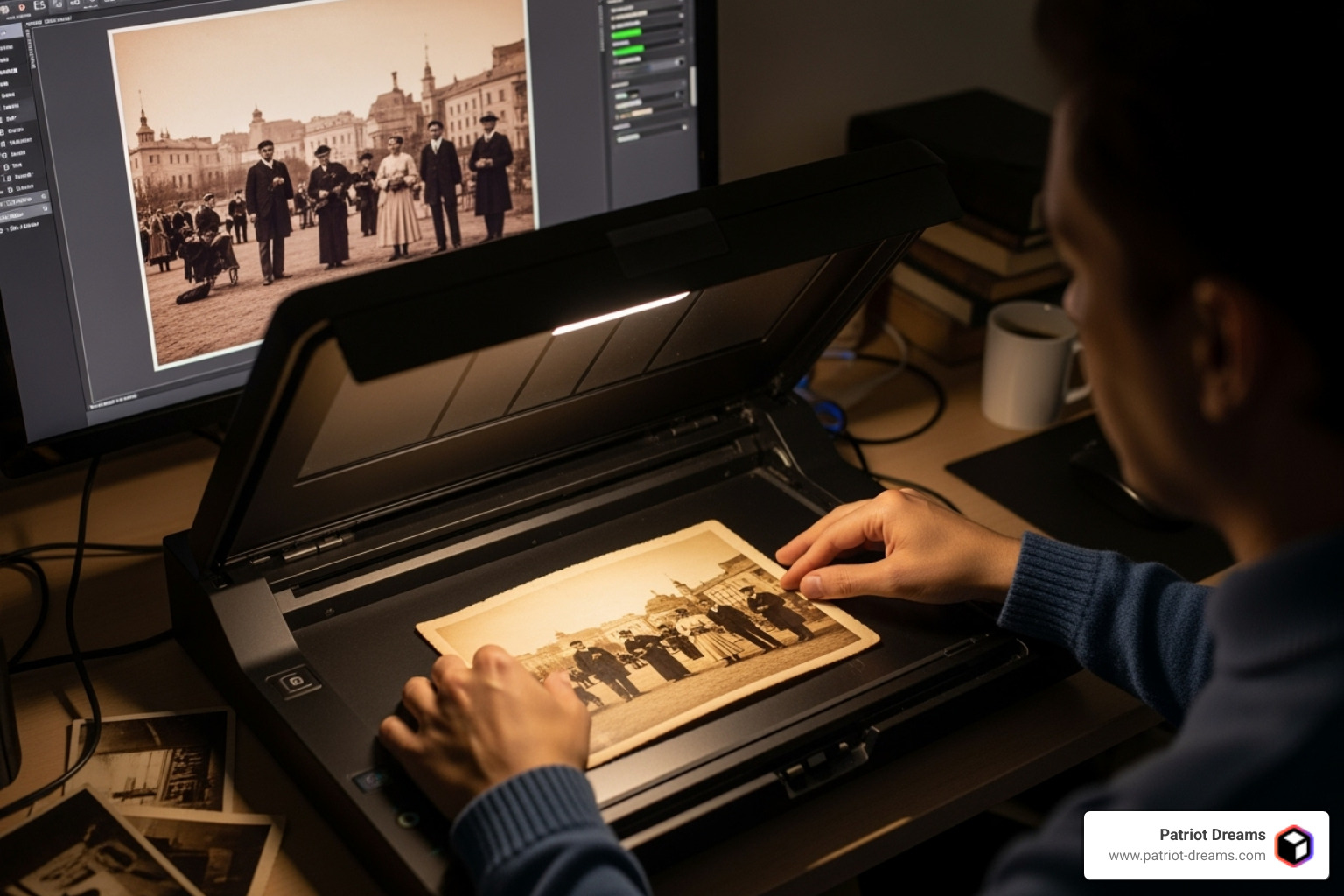
Best Practices for Digital Family History Preservation
Quality digital copies start with the right tools and settings. A flatbed scanner offers the most control for archival-quality results with photos and documents. While smartphone apps are convenient for quick captures, they don't typically match a dedicated scanner's quality.
Resolution is key. Always scan at the highest resolution you can reasonably manage; you can create smaller copies later, but you can't add detail that wasn't captured.
- Photographs: Scan prints at 300-600 DPI. For small slides or negatives, use at least 2200 DPI to capture all the detail.
- Documents: 300-600 DPI is usually sufficient, especially if you plan to use Optical Character Recognition (OCR) to make the text searchable.
Choosing the Right File Formats and Naming Conventions
Selecting the right file format ensures long-term preservation.
- TIFF: The archival standard. It's a "lossless" format, meaning no quality is lost. Use TIFF for your master copies.
- JPEG: Great for sharing. These files are smaller but "lossy," meaning some data is lost with each save. Create JPEGs from your TIFF masters for emailing or posting online.
- PDF/A: Ideal for multi-page documents. This archival PDF format embeds all necessary information for future viewing and can be made text-searchable.
Avoid generic file names like "IMG001.jpg." Use a descriptive, consistent system, such as "YYYY-MM-DDEventFamilyName.format" (e.g., "1955-07-04WeddingJohnMary_Jones.pdf").
Digital Storage and Backup: The 3-2-1 Rule
Digital files are vulnerable to device failure and obsolescence. To protect them, follow the 3-2-1 backup rule: keep 3 copies of your data on 2 different media types, with 1 copy stored offsite.
For example, keep your primary files on your computer, a second copy on an external hard drive, and a third copy in the cloud. Cloud storage services offer excellent protection against local disasters like fire or flood and provide access from anywhere.
For ultimate long-term physical-digital storage, some people use M-DISC technology, which engraves data onto a stone-like material designed to last for centuries. Digital preservation is an ongoing process; plan to migrate your files to new storage media every few years to avoid obsolescence.
At Patriot Dreams, we understand your family's digital legacy deserves the highest level of protection. Our platform provides secure, long-term storage designed for family history preservation. More info about digital heritage features.
Capturing Living History: Preserving Voices and Stories
Documents and photos provide the facts, but it's the stories, voices, and personal anecdotes that bring family history to life. Capturing oral histories adds an emotional depth that written records alone cannot provide. Hearing a grandparent's laugh or a story told in their own words captures the personality, emotion, and wisdom behind the years. As the saying goes, "Sharing historic family artifacts can spark conversations that you might want to record." These conversations are invaluable treasures.
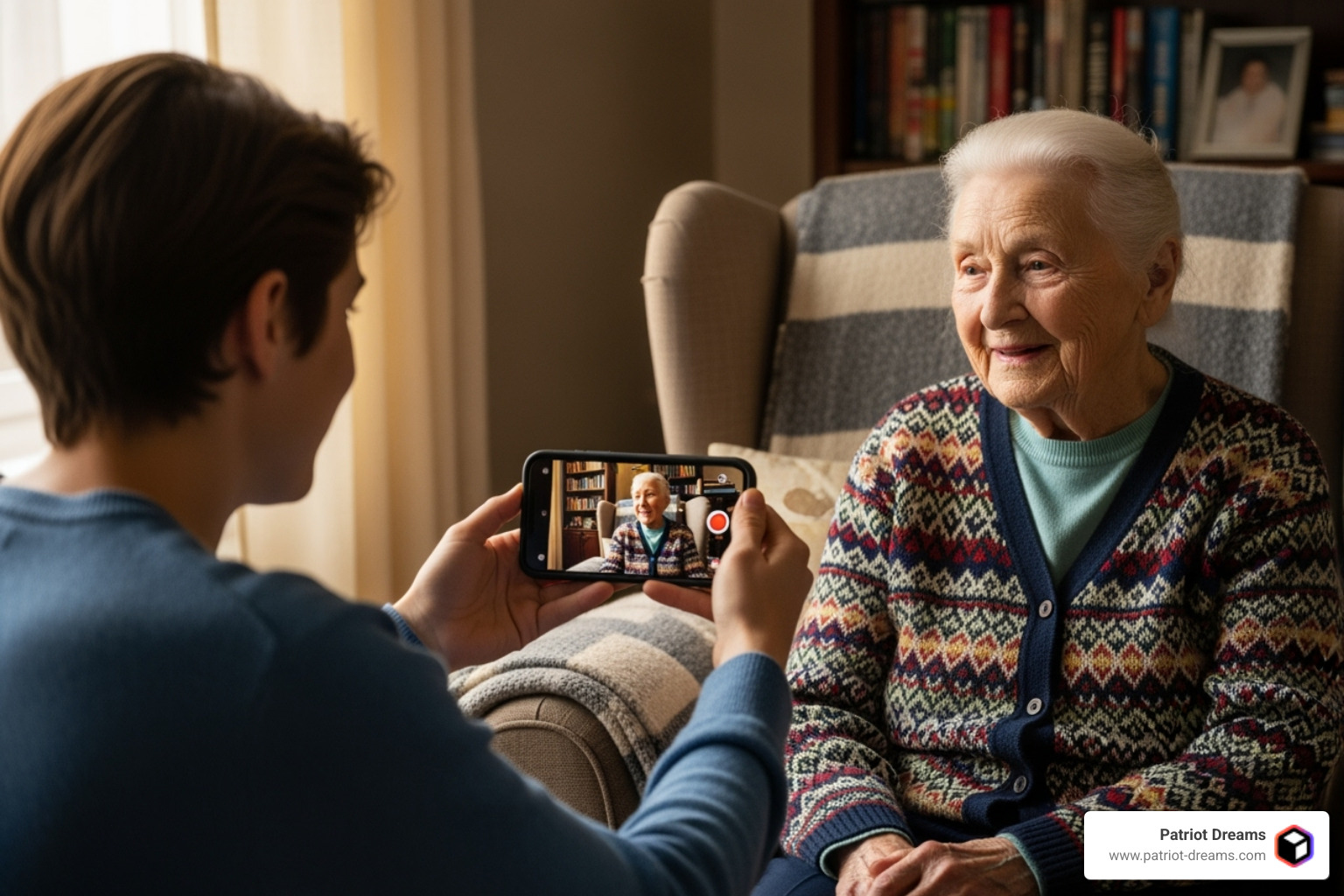
How to Record and Preserve Oral Histories
Recording family stories is easier than ever. Your smartphone is a powerful tool for capturing high-quality audio.
- Find a Quiet Spot: Choose a location away from background noise like traffic or televisions.
- Get Close: Position your phone's microphone close to the speaker for the clearest sound.
- Prepare Questions: Start with easy, open-ended questions like, "Tell me about the house you grew up in," to help your relative relax.
- Keep it Short: Aim for recording sessions of 30-45 minutes to avoid fatigue. You can always schedule more.
- Transcribe and Save: Use an app to transcribe the audio to text, making it searchable. Save your master audio files in a high-quality format like WAV and create smaller MP3s for sharing. Label files clearly (e.g., "2023-10-26GrandmaBettyChildhoodStories.wav") and back them up using the 3-2-1 rule.
Patriot Dreams understands the power of these personal stories. Our platform helps families capture, preserve, and share these priceless memories. Explore the Legacy section of the Patriot Dreams app to see how we can help.
Integrating Stories with Your Collection
The real magic happens when you weave these recorded stories together with your photos and documents. This creates a rich, multi-layered family archive.
Link audio files to related photos in your digital archive. Many photo programs let you add notes or even voice memos. For your physical collection, add notes to your inventory list, such as "See audio file: Grandma describes her wedding day," next to the entry for her wedding dress.
Organize your collection by themes like "Family Traditions" or "Immigration Stories" to bring together different types of media. Don't just preserve family recipes; record the stories behind them. Capturing someone explaining a special technique or the history of a dish preserves your family's unique culture. By combining physical artifacts, digital records, and spoken memories, you create a living archive that truly captures the heart of your family's story.
Frequently Asked Questions about Family History Preservation
Starting your family history preservation journey can feel daunting, but every family historian starts in the same place. Here are answers to some of the most common questions.
What are the first steps I should take to preserve my family's history?
Start small to avoid feeling overwhelmed. As preservation experts advise, "start small with memory preservation tasks like recording conversations or scanning photos."
- Assess what you have: Do a quick survey of your home to locate where family history items are stored.
- Prioritize fragile items: Give immediate attention to anything actively deteriorating, like photos in old magnetic albums or items in damp areas.
- Focus on one project: Pick a single shoebox of photos or one family branch to organize first. This creates momentum.
- Create a simple inventory: A basic list in a notebook or spreadsheet helps you track what you have and where it is.
How do I safely remove photos from old "magnetic" albums?
Those sticky albums from the 70s and 80s can damage photos, but you can often rescue them with patience.
- Use unwaxed dental floss: Gently slide the floss under a corner of the photo and use a slow sawing motion to separate it from the adhesive.
- Try gentle, indirect heat: A hairdryer on its lowest, coolest setting, held several inches away, can sometimes soften the glue.
- Never force a photo: If it's truly stuck, you risk tearing it. It's better to leave it in place and get a high-quality scan of the entire page.
- Consider a professional: For irreplaceable photos, a photo conservator has specialized tools and techniques for safe removal.
What's the best way to share my preserved history with relatives?
Sharing your work is one of the most rewarding parts of preservation. It strengthens family bonds and creates natural backups of your history.
- Use cloud sharing: Services like Google Drive or Dropbox allow you to create private, shared folders where family can view and download digital files.
- Build online galleries: Create collaborative spaces where relatives can not only see your collection but also add their own photos and stories.
- Create family history books: Combine photos, documents, and stories into printed books that can become treasured heirlooms.
- Make digital copies generously: Share your digital files widely with relatives. As the old advice says, "make lots of copies of photographs and documents and give them to relatives." This ensures the story survives and spreads.
Conclusion
Your journey into family history preservation is an act of love—for those who came before you and for the generations yet to come. It's about creating a bridge across time, connecting your great-grandmother's handwritten recipes to your grandchildren's digital world.
We've covered the three pillars: caring for physical treasures, creating durable digital copies, and capturing irreplaceable voices. The beauty of this work is its simplicity. You don't need a museum-quality lab to make a difference. An acid-free folder, a smartphone recording, and a solid 3-2-1 backup strategy are powerful tools.
What matters most is starting. Time is not on our side when it comes to preservation, but every item you save is a victory. Your efforts today become tomorrow's treasures. The grandchild not yet born will one day understand who they are because you took the time to show them where they came from.
At Patriot Dreams, we believe your family story is a vital part of our shared American heritage. Our platform is designed to help you preserve these stories and bring them to life. The work is ongoing, but you are the vital link between the past and the future.
Your family's history is waiting. Your legacy is in your hands.
Join the Patriot Dreams Community
Download the app today and start your journey through American history and personal legacy.

Explore Our Latest Insights
Dive into stories that shape our American legacy.

